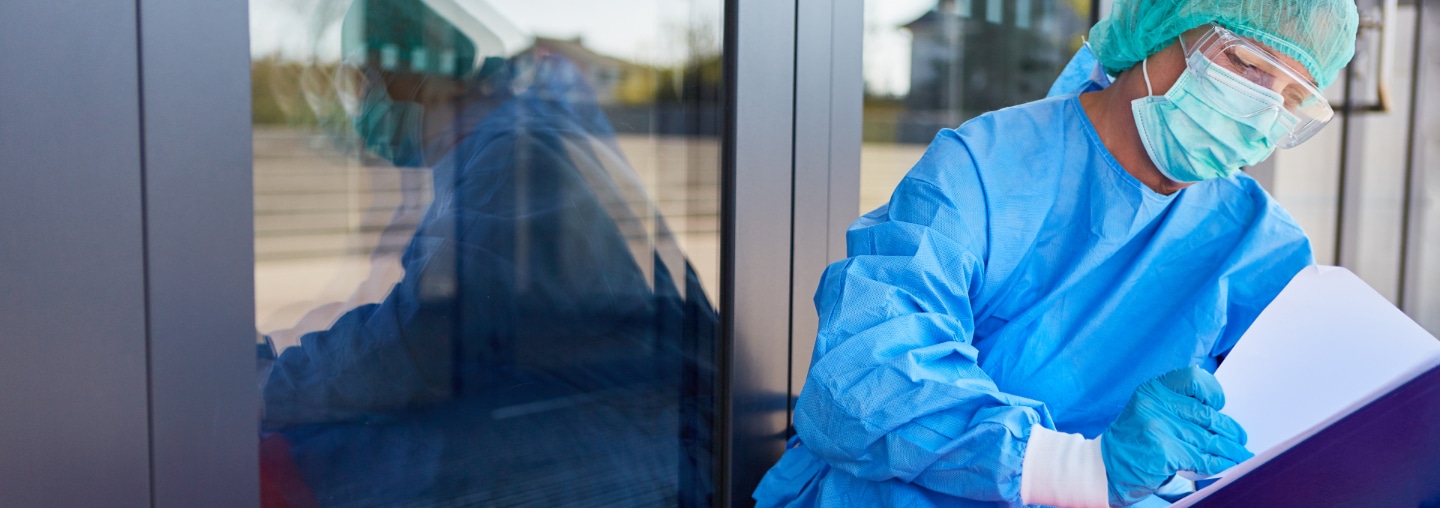We Make Medical Waste Management Easy
When it comes to disposal of medical waste, it’s important to remain compliant with regulations and best practices. To do that, anyone disposing of biomedical waste must meet stringent requirements for where the waste will go and how it will get there.
There are several medical waste disposal methods healthcare providers can choose from in order to provide compliant solutions. The first question is where the waste gets disposed of, whether it be on-site or off-site. The second is how the waste gets transported if it’s disposed of off-site.
When you choose our medical waste management services, you don’t have to worry about any of that. We take care of everything after pickup, so you can focus more on what you do best—providing high-quality services to your clientele.
Reasons to Choose MedPro Disposal
We have nearly two decades of industry experience, so when you choose us, you know you’re getting service you can trust from knowledgeable professionals. On top of that, we’re affordable. By themselves, neither of these things is enough, but together, our professionalism and affordability make us an obvious choice.
In addition to the above benefits, we also offer a flexible solution to meet your unique biomedical waste disposal needs and challenges. If that weren’t enough, we also offer a “Customer First Mentality” so you know you can rely on us no matter what.
The bottom line is that MedPro Waste Disposal offers low-cost, secure medical waste disposal with top-notch service and support and predictable costs. Check out our practice savings calculator here to see how much you could save on your medical waste disposal.
Healthcare practices save an average of $2,500 per year With MedPro Disposal.
MedPro Disposal was founded to address a common complaint across all industries dealing with biomedical waste disposal: They loved the medical waste services they were getting, but hated the associated costs.
To combat rising costs in the industry, we offer truly affordable medical waste disposal pricing for business owners like you who need a prompt solution to your medical waste management to help your business run smoothly, but don’t think something as simple as biomedical waste management should cost an arm and a leg.
Let us manage your medical waste, so you can focus on what matters most—your patients.



